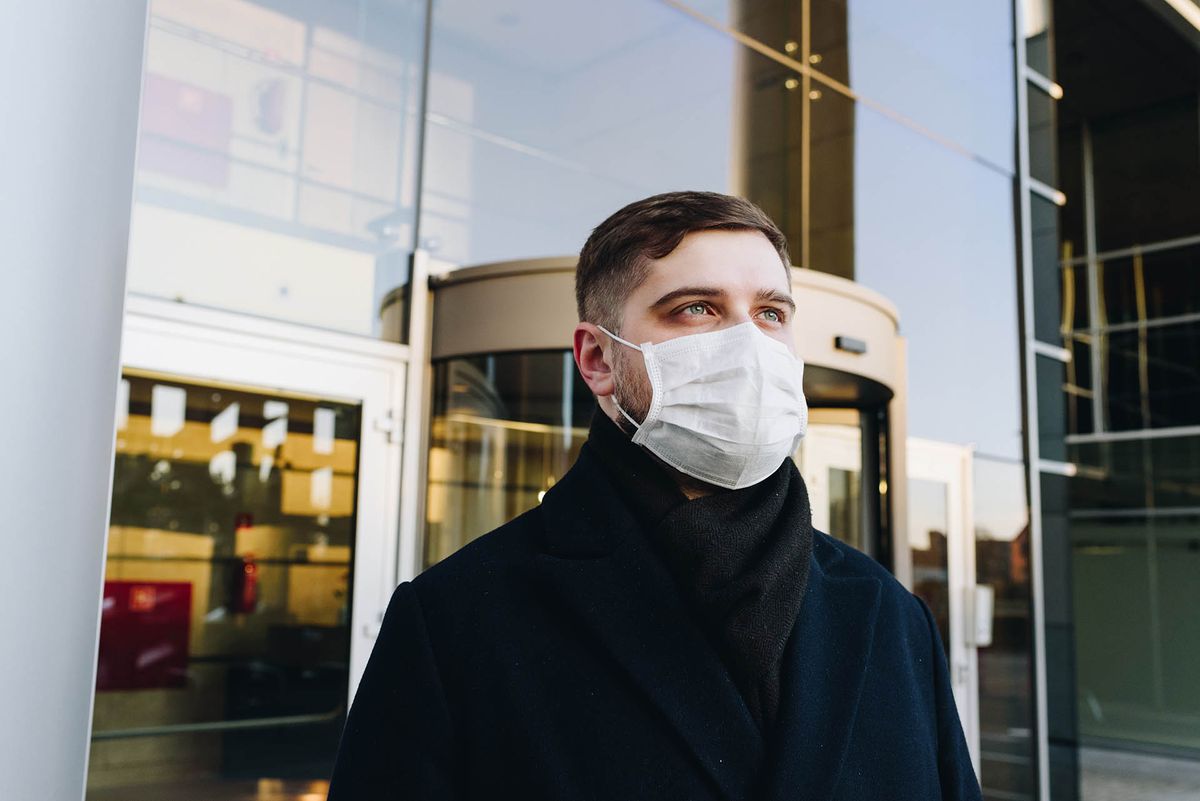The realities of the pandemic have led more consumers to embrace digital commerce. Around the world, they’re changing how they look at products, and re-considering their priorities. Store closures and breakdowns in supply chains have sent consumers looking for new brands. Fifty-six percent of millennials have tried at least one new brand during the pandemic. Consumers remain focused on their health, and are opting for sustainable products that provide clear value. There is no way of knowing for sure if any of the trends that emerged during the peak will continue, but some changes are likely permanent. Predicting trends after COVID-19 can help sellers to take advantage of these new opportunities by providing value in categories that serve consumers’ changing priorities.
Gardening and Outdoor Activities

Gardening became an attractive hobby for people across the globe looking to cope with the pandemic. As we were all urged to stay at home, those fortunate enough to have outdoor living space took to the soil. According to Reuters, home gardening has been blooming all across the globe during the pandemic. For some people, it’s provided an opportunity to spend more time in “nature.” For others, it’s been a way to supplement some of their groceries in the coming months. Gardening’s rise in popularity ties into consumers’ increased interest in healthier lifestyles and sustainability. These priorities will most likely continue long after the lockdown ends. A new study predicts that demand for outdoor products will expand “to nearly $12 billion in 2024.” This might be a bigger deal for ecommerce in general. Amazon has tried to incentivize people into selling furniture on their platform by offering lower referral fees along with special size and weight storage fee brackets that might make it more palatable to sell. It will be important to keep an eye on this market as more data emerges from the crisis.
Cooking at Home

Forced inside, many consumers sought to expand their skills in the kitchen. Baking homemade bread became a phenomenon in the U.S. An amazing article by the Atlantic reports on the phenomenon of a massive spike in flour sales and the circumstances leading up to it as well as the consequences.
“Flour was nowhere to be found in stores, and it soon disappeared from the internet. Quickly, evidence that a person had bought and used flour became proof of her irredeemable profligacy to people who love to get mad online, who grew frustrated by the baking projects of those who had found flour when they hadn’t. Home bakers were accused of flour privilege. Never had emotions run so high about milled wheat.”
A survey about people’s food habits during the pandemic by HUNTER provides some interesting findings:
54% of the subjects reported cooking more
46% reported baking more
Out of those that reported cooking more, a vast majority said that they will continue to learn more about cooking and that they wish to continue doing it in the future. Foodnavigator-usa believes cooking at home might become the new-normal post-pandemic. This segment also ties in with consumers’ new attitudes towards their health: forty-seven percent of consumers are looking for ways to cook healthier. Providing products in this niche could help your brand grow.
So what can you do about it as an online seller? Kitchen items and gadgets have always been the bread and butter of online selling, especially for small, private-label sellers. This particular segment of the online retail space is growing and will likely continue to do so. You’re not grabbing a slice from a new pie, but one that is likely to be worth more in the future. The benefit of predicting trends after COVID is that some of these long term activities are not likely to go out of style. Also, when it comes to this category, innovation is always happening. A great example of that would be the brand joseph joseph. They’re continuously creating simple and well-designed items:

Personal Health and Hygiene

With talk of a second wave of the virus coming at the end of this year, we might be going through all of this once again. Even if another large outbreak was guaranteed, trying to break through selling these essential items is probably not a good idea. Apart from the fact that selling them is regulated, the market has already been saturated and the brands that stand to gain the most are pre-established sellers. At least when it comes to disinfectants and standard surgical masks.
People have inevitably become more conscious about infections, and, certainly, a large number of people have become more germaphobic. Taking all of this into account, it’s not unreasonable to expect to see at least a handful of people in the U.S. wearing facemasks long after this pandemic is in the rearview.
Some sellers have already started treating face masks as a fashion accessory and are offering creative solutions to consumers’ concerns. The product below is a great example of exactly that:

This is one way of trying to get in-line with shifting consumer behavior post-pandemic. There is growing demand for fashionable designer face masks. With consumer priorities shifting to a focus on personal health, the odds of that demand lingering post-crisis are reasonably strong.
More people than ever before are comfortable shopping online. By predicting trends after COVID, small sellers can be better equipped to compete in a highly competitive market. However, the economic realities of the crisis are leading them to be more selective with non-essential spending. As large retailers move more of their operations online, ecommerce sellers will need to focus on serving consumers’ priorities and providing a quality brand experience in order to compete.












